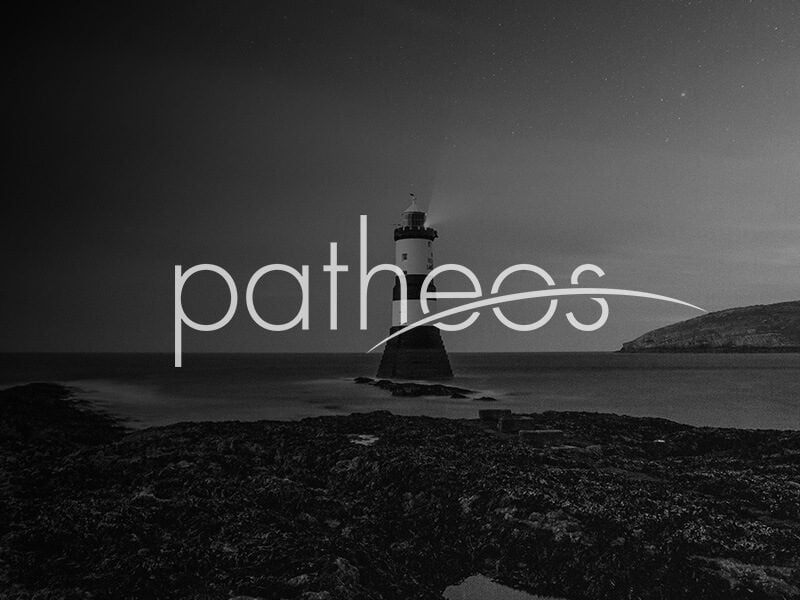Having thoroughly enjoyed Wilkie Collin’s The Moonstone, I went out and got a copy of the same author’s The Woman in White. Short answer: it’s even better. The Moonstone‘s climax is marred by a plot point that seems completely implausible today, although it would have seemed more more reasonable when it was written, whereas The Woman in White has no such problems.
The premise is straightforward. While out walking late at night, a young drawing master named Walter Hartwright encounters a strange young woman, dressed all in white, who calls upon him for help. He grants it, only to discover later that she is a madwoman escaped from a private asylum. Later he encounters another young woman who might be her double, and loses his heart. She, of course, is promised to another…and therein hangs the tale.
Like The Moonstone, the story is told by a number of voices, each supposedly first person; like The Moonstone, it’s a mystery, perhaps the first mystery novel in the English language; like The Moonstone, a romance is central to the tale. It’s long, a bit slow, but it kept me reading.
If it has a fault, it lies in two notions that were commonplace in novels of the day: that a good, cold wetting invariably leads to a horrible, life-threatening illness, and that the minds of women (and of men) are all too easily unhinged. Its strengths, as with The Moonstone, are its characters. I was especially taken with the larger than life Count Fosco. I wouldn’t want to know him, mind, but I enjoyed all of the scenes in which he appears.
One minor quibble: if young Walter had any sense, he’d have fallen in love with Marian rather than Laura. Marian’s worth the whole rest of the family.
Note: Lars Walker has also recently read and reviewed this book; go here for his take.











